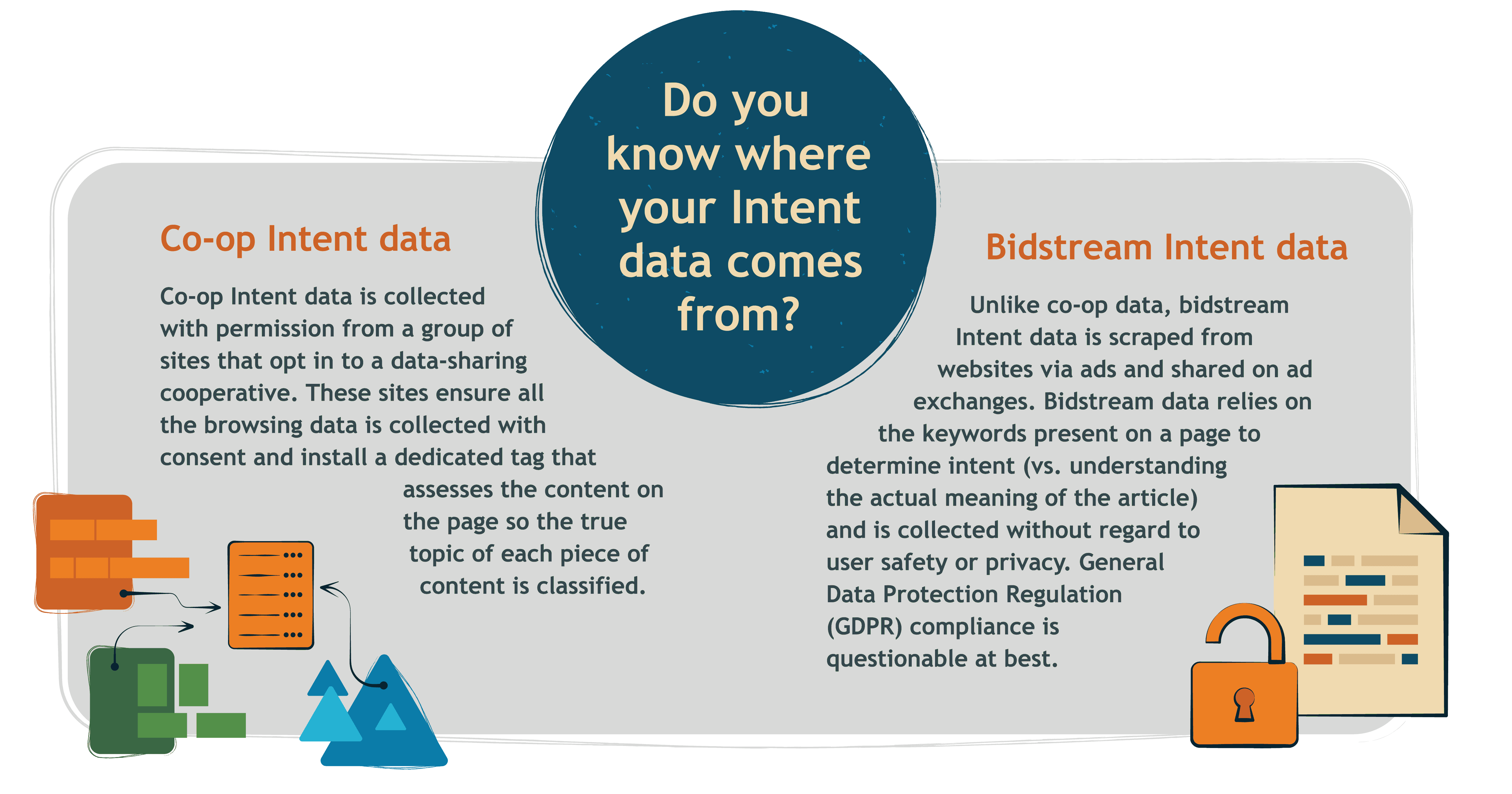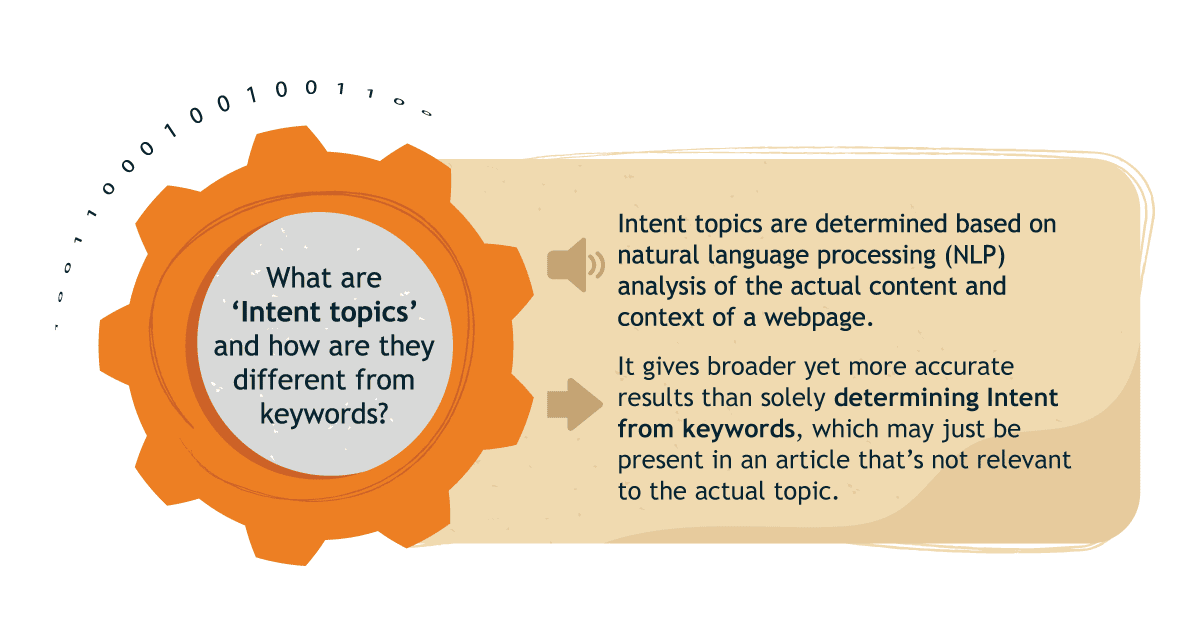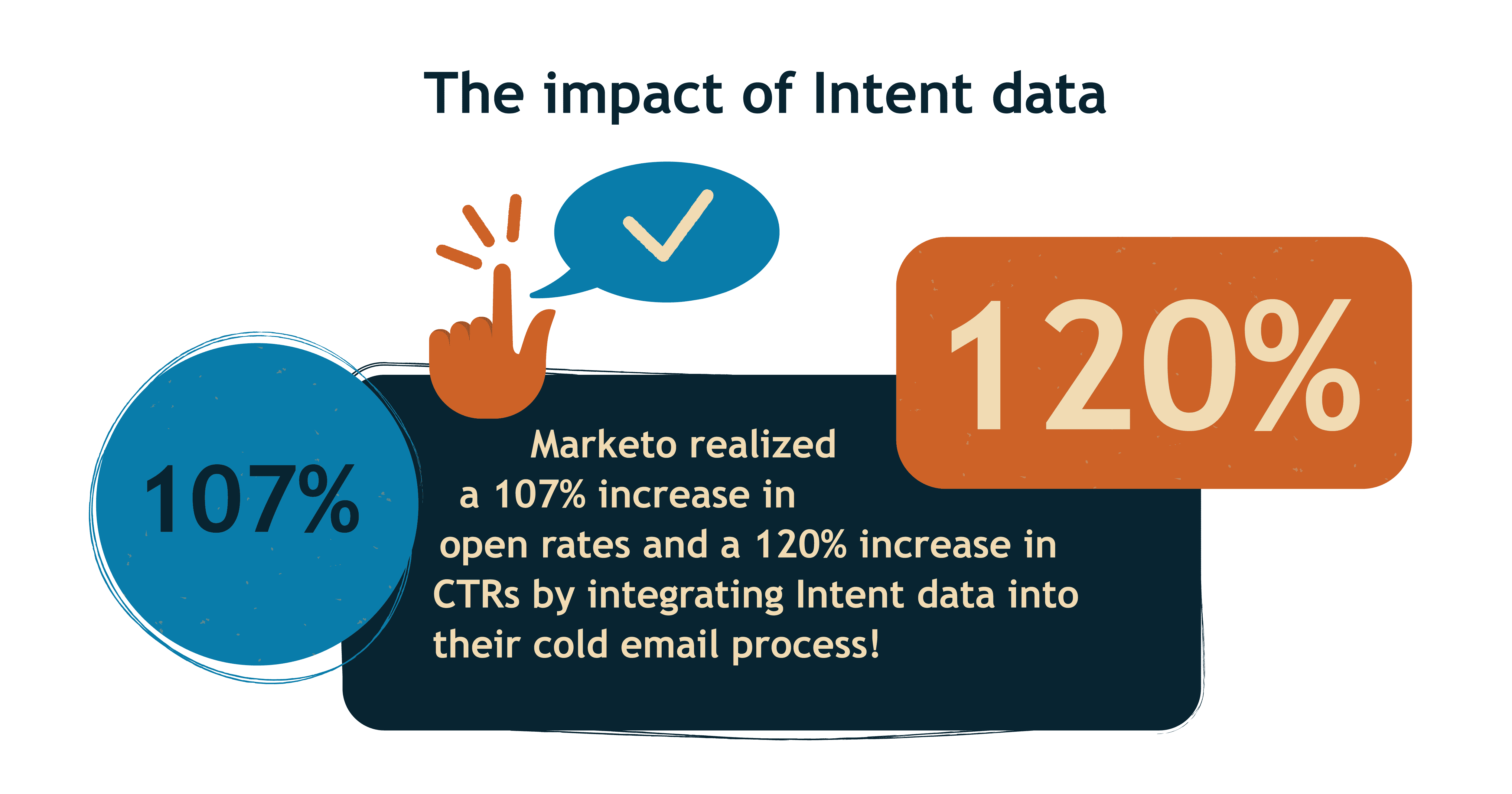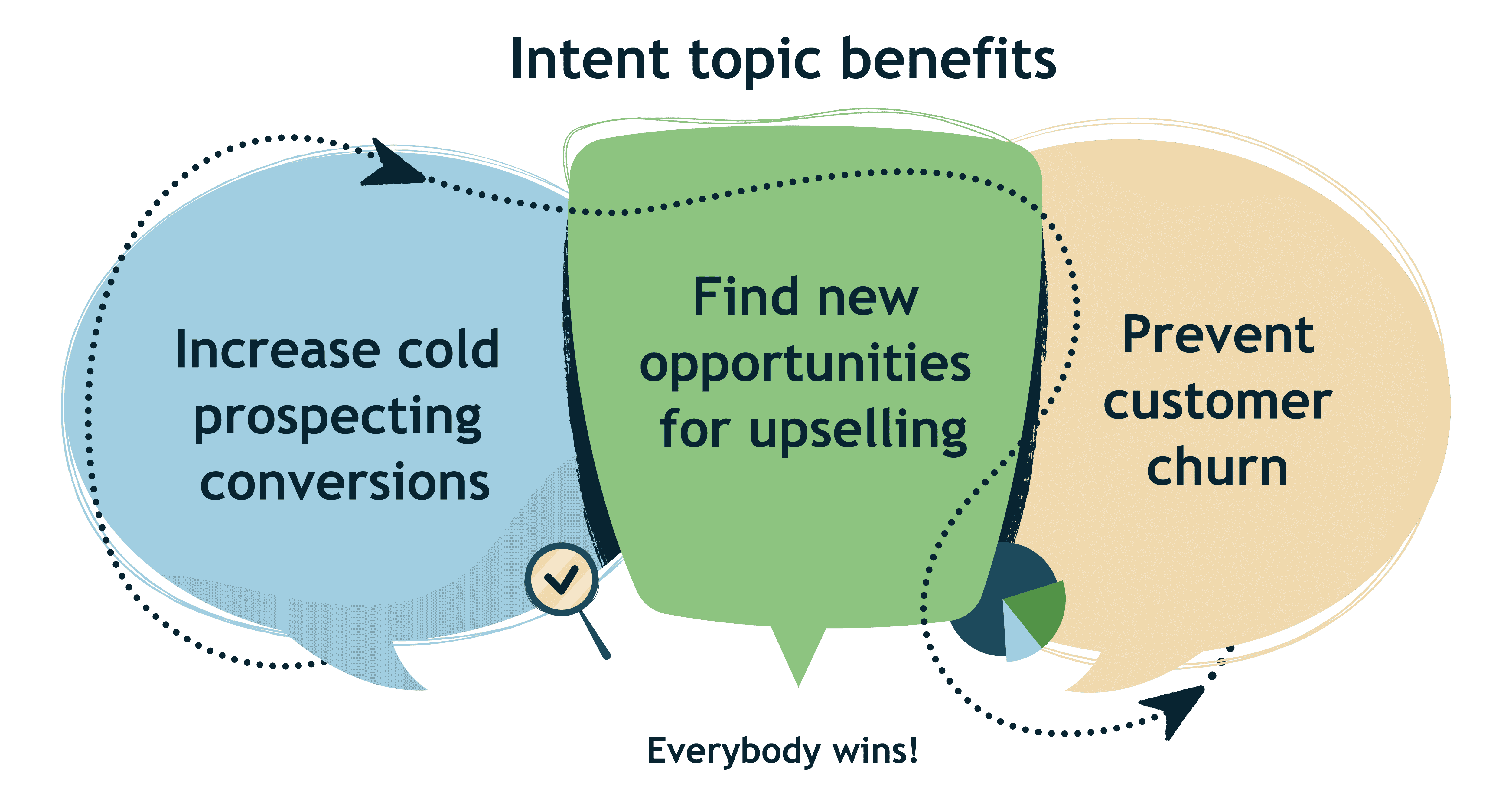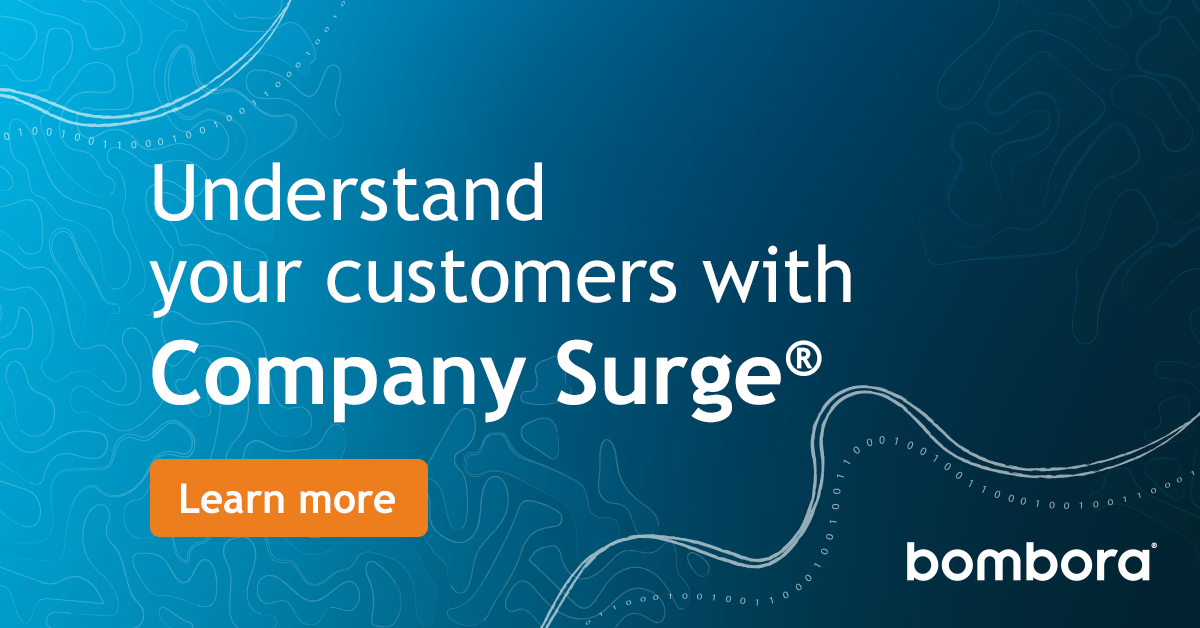Harnessing Intent data for enterprise-level ABM
- 1 Strategies to optimize every stage of the buying journey
- 2 The criticality of Intent data in ABM
- 3 Integrating Intent data into your ABM campaign
- 4 Understanding the impact of B2B Intent data analytics across the ABM journey
- 5 Best practices for leveraging Intent data in ABM
- 6 Embrace Intent data-driven strategies to advance sustainability in your B2B marketing and sales performance
Strategies to optimize every stage of the buying journey
In enterprise-level Account-based marketing (ABM) platforms, Intent data reigns supreme as a B2B marketing data solution capable of driving go-to-market success across the organization. With granular data on customers’ interests and buying journeys, buyer intent providers can help enterprise sales and marketing leaders like you drive conversions and campaign performance with the prospects that matter the most to your pipeline.
But contrary to popular belief, the use cases of Intent data are not limited to just identifying target accounts for sales, marketing, and competitive intelligence. It can help you target, engage and convert clients throughout the funnel in a nurturing, thoughtful way.
Let’s explore how.
The criticality of Intent data in ABM
Intent data is precisely what the name suggests: It provides a unique view behind an account’s online search behavior during the customer journey. In simple terms, Intent data signals show which accounts have the most viable intent of buying your products or services.
When buyers look for a specific solution or product, they engage in several related search journeys on the business internet. They research the features they need, the typical cost of the solution, top vendors, and competing products before deciding. Additionally, when organizations are looking to onboard a new Intent data provider, sales prospecting tool, or martech platform, multiple people, (a buying committee versus a singular individual) determines the decision.
These searches contain information about what type of product experience they’re looking for, their budget, and general pain points they want to solve. But it’s important to note that each person on the buying committee may have a different pain point than another team member. But by analyzing their searched topics and looking for signals of increased activity, organizations can more accurately pinpoint when accounts are just casually browsing, serious about selecting a provider, or close to making a buying decision.
First-party vs. third-party Intent data
First-party Intent data is the most reliable source. This Intent data comes from your business’s websites, landing pages, blogs, mobile apps, and other digital assets. When buyers visit your website, sign up for a demo, or download an eBook, you can use that information to understand the buyer’s intent and target them accordingly.
First-party Intent data is reliable because it comes directly from the source. There are also no delays or lags, so the data is current.
The other source of Intent data is from third-party providers. Intent data is collected from third-party websites, ads, other apps, and any digital asset that doesn’t belong to your organization. Third-party Intent data offers a much broader view of buyer intent. You’ll get more detailed insights into what stage buyers are in, making it easier to figure out when and how to market to them.
But third-party data often isn’t very accurate or up to date. There’s also a risk that the data was collected without consent from users.
Integrating Intent data into your ABM campaign
B2B Intent data can significantly enhance your account-based marketing strategies, driving better results and ROI. It can help you determine which accounts to focus on, what they’re interested in about your product category, their existing pain points, and more. Here are a few ways Intent data can accelerate marketing intelligence and go-to-market insights:
- Identifying high-value target accounts
- Reducing guesswork in account selection
- Creating touchpoints that match the digital buying journey and tailor that content as needed
- Adapting to changing market situations and needs
- Accelerating the sales cycle with customer engagement tracking and behavior analysis
A truly robust ABM strategy can demand a significant portion of your teams’ resources. This may make it exceptionally challenging to justify the ROI of adding a new tool to your data enrichment toolkit. Besides ROI, metrics such as lead quality, conversion rate, engagement metrics, account penetration, sales cycle length, and customer lifetime value (CLV) are commonly used in modern B2B marketing. They are becoming the leading indicators of quarterly and year-to-year (YoY) performance for leadership teams today. Enterprise marketers critically need tools to bring visibility into these metrics to prove the traction they’re seeing between future customer intent and their campaign’s engagement.
Intent data gives you more detailed insights into your prospects and what drives them to travel further into buying journey. You can send targeted ads to clients about topics that interest them, produce content around what clients want to know about product features and send tailored emails that nurture clients through the funnel.
With Intent data. you’re not casting a net randomly in the middle of the ocean; you know where the big fish hang out and what type of nets to use.
Understanding the impact of B2B Intent data analytics across the ABM journey
Leveraging Intent data goes beyond merely comprehending the buyer’s desires; it can significantly enhance every stage of the ABM pipeline.
Here’s how.
Identifying high-value target accounts
The initial and arguably most crucial step in enterprise-level ABM involves identifying the high-value target accounts or those with a higher likelihood of conversion.
Traditional marketing approaches cast a wide net, hoping that a few leads will eventually convert. However, in ABM, failing to convert your qualified pipeline can significantly impact your returns and, in 2023, put you behind your competitors in an already challenging market.
By harnessing Intent data, you gain precise and accurate insights into accounts that are likely to make a purchase. Typically, ABM strategies focus on accounts previously engaged with the company or utilized its services. Sales and marketing teams often rely on industry connections and networks to identify companies considering a purchase. This process may also involve some guesswork and assumptions based on organizationally shared traits.
However, these methods require long-term nurturing and manual efforts of success tracking. Companies must invest substantial resources in cultivating relationships and networks to access the right information at the right time.
With Intent data tools, companies of various sizes and expertise can refine their list of target accounts, optimizing their ABM strategies throughout the buying journey. By leveraging enhanced targeting precision, increased engagement and conversion are just a couple of the key benefits enterprise marketers can expect to achieve by better understanding their prospects’ interests and pain points. As a result, enterprises using Intent data can achieve higher ROI, streamline their sales funnel, and foster long-lasting relationships with their target accounts.
Personalizing content marketing programs based on the research needs of your target audience
Once you’ve identified the accounts, the next step is to create content based on what they need. Maybe they want to know what features are necessary, maybe they’re not sure if your product is suitable for their use case, or maybe they’re comparing products or services from different vendors.
Intent data signals can point your sales and business development teams to the topics and content clusters of most interest to your prospective buyers. You can then use this information to show targeted ads, produce blogs and whitepapers, send emails, and create other content your audience will enjoy and find valuable.
The approach enhances customer engagement and brings them closer to conversion. Intent data helps align sales and marketing efforts based on the prospect’s likes.
Nurturing and engaging target accounts effectively
The B2B sector is known for long sales cycles and ever-growing buying committees. But to hit your quarterly quota, you must nurture these accounts based on their research needs and move them down the funnel using personalization at every step of their digital journey.
Even after an account has identified its pain point and started researching potential solution providers, it may not land on your brand overnight. There may be several rounds of research, discussions, budget allocations, and more before they decide to go with their preferred marketing and sales prospecting solution.
During this period, market situations may change, the account’s business interests and goals may change, and its journey pivots away from making an affirmative decision.
With Intent data, you can stay on top of intent signals and gain credible insights into your prospect’s next move to ensure you’re going in the right direction. Even as future customer needs and interests change, you can stay on top of the account’s intent and drive them towards your brand as a thought leader, respected partner, and solution provider they can trust when they’re ready to re-engage in their selection again.
Accelerating the sales cycle
With Intent data, your business can cut down its sales cycle drastically. You can jump right on top of hot prospects instead of wasting time, budget, and team manpower, pitching to cold leads at scale.
Intent data equips sales and marketing enterprise leaders with valuable insights to champion full-funnel marketing. It enables them to effectively target businesses by leveraging reliable data on prospect preferences, interests, and search behavior, resulting in more accurate and strategic marketing campaigns.
Rather than sending random and potentially spam-worthy emails every other week, you can follow up right when the prospect is interested. With Intent data, you can build robust, long-term relationships with your top accounts and close more deals within shorter times.
Best practices for leveraging Intent data in ABM
Integrating Intent data into your existing marketing technology stack
There has been a widespread proliferation of MarTech tools in the last decade, with around 9932 solutions available as of 2022.
Introducing an additional tool to your marketing stack may overwhelm your team and lead to data silos unless it seamlessly integrates with your existing systems. Therefore, when considering Intent data tools, it’s crucial to ensure they can be directly integrated into your current CRM and marketing platforms, allowing for easy access and streamlined workflows.
For instance, Bombara’s Company Surge® solution integrates with LinkedIn, 6sense, Marketo, Salesforce, Hubspot, and many other leading marketing automation tools to ensure you can combine our privacy-compliant data with your existing technology stack.
Continuously refining ABM strategies based on KPI tracking and goal achievement
As with any marketing approach, ABM strategies also need continuous refinement. To get the best results, the strategy should have clear goals, key performance indicators, and be continuously monitored.
Even when you have Intent data, ABM will need fine-tuning to get it right. Some industries may be highly regulated, and they may not like unsolicited pitches, while some may prefer direct pitches. In some industries, PDF case studies may yield results, while in others, sharing the product spec sheet may have a better chance of closing the deal.
KPIs can help understand if your ABM strategy is working or not and refine it as needed. Don’t fall into the trap of vanity metrics — numbers that look good but rarely translate to business goals.
As with any marketing approach, you should use KPIs aligned with your business goals for ABM as well. The numbers should indicate how close you are to reaching your organization’s goals with marketing.
One of the best examples of this is the reach within an account. “Reach” is generally considered everyone who may have seen content or ad. But with ABM, that doesn’t make a lot of sense. Instead, “reach” is considered the people within an account (a customer company or organization) who have seen it.
Another popular metric with ABM is marketing qualified leads (MQL). This metric can help assess the benefits of using Intent data for ABM. It measures the number of leads obtained from a campaign or a promotion that are worth pursuing or targeting.
Balancing privacy concerns and compliance
Ethical data practices are more important than ever as consumer confidence declines from increases in business data breaches. So as you can imagine, using Intent data brings up the concern of privacy of your clients. When you’re getting highly detailed information about your prospects, it means someone — either you or a third party — is collecting granular data about their searches and online activity.
So before purchasing Intent data, make sure you ask the provider the right questions, like “How is the data collected” and “Is the data GPDR and CCPA compliant” You’ll have to ensure you’re not violating any regulatory requirements on not only data collection, the sales of it, and its use. Many countries have regulations dictating how companies can collect and use customer data, and many of them require customers to opt into it.
Make sure your Intent data solution is compliant with regulations in regions where you do business so you don’t have to deal with fines and penalties.
Embrace Intent data-driven strategies to advance sustainability in your B2B marketing and sales performance
Intent data can help you drive prospects through every stage of the funnel. It’s not limited to helping identify the right prospects but also connecting with them, creating content around their needs, and closing the deal.
With its lengthy sales cycles and continuously shifting market conditions, B2B marketing can feel hit or miss. In some instances, you can at least approach it as a numbers game. By incorporating Intent data into your workflow, you can go for a data-driven approach instead of heuristics and hunches and significantly drive sales within your organization.



